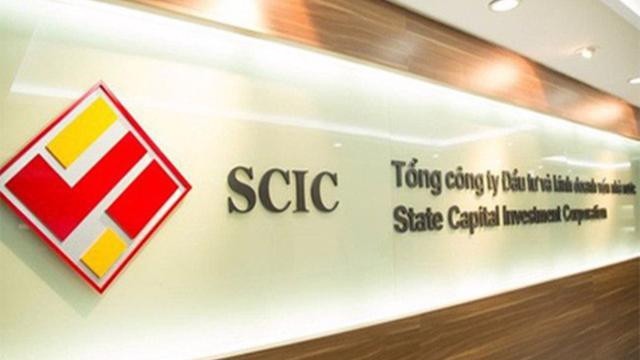Long-term savings interests soar after cap removal
Long-term savings interests soar after cap removal
Commercial banks are jostling to increase deposit interest rates on savings of above 12 months since the State Bank of Vietnam has removed the cap slapped on deposits under that category.
The ceiling rate for long-term deposits of above 12 months was removed on June 8, following the central bank’s circular no. 19 which stipulates that credit institutions are allowed to set interest rates on savings under that category through their own initiatives.
The circular also lowers the interest rate cap on savings with terms between 1 and 12 months to 9 percent a year.
Savings with a term of less than 1 month are subject to a 2 percent rate, accordingly.
The cap removal, which the central bank said was made as a bid to help banks restructure their capital sources and to pave the way for another removal of deposit interest rates on all terms, has ignited a wave of banks rushing to set high interest rates to attract depositors, with common rates standing between 11 percent and 12 percent a year.
For instance, ACB has so far increased deposit rates twice, sending rates from terms of 12, 13 and 24 months from 9 percent to 11 – 11.5 percent a year. Savings under a 36-month term are now subject to a high rate of 12 percent a year.
Western Bank phenomenon
While most banks are now offering deposit rates between the average band of 11 – 13 percent, the Western Bank has recently shocked the market by sending its rate to as high as 14 percent a year.
The bank said the phenomenal rate is only applicable to savings of a 13-month term, according to economic newswire VnEconomy.
The Western Bank phenomenon has reminded insiders of the cases of SeABank and Techcombank, which also shocked the banking market by offering exorbitant interest rates for their deposits.
On June 11, 2008, when interest rates standing at 17.5 percent were already considered too high, SeABank announced a 19.2 percent a year rate, while Techcombank launched a three-day event to accept deposits at 17 percent a year on December 8, 2010, when other banks were aggressively competing with each other at only 15 percent a year.
However, as the above banks both had to stop offering the high rates within a day of their announcement, analysts are wondering if the same thing will happen to Western Bank, VnEconomy reported.
Technically speaking, Western Bank has not violated any regulations since the rate cap has been removed.
As the government and the central bank have constantly exerted effort to reduce lending rates, insiders are also concerned that the high deposit interest rates will discourage businesses and borrowers, who are longing for the chance to access cheap loans.
Understandably, a bank has to offer loans at exorbitant rates to balance, as it has mobilized deposit at high rates.
In fact, the highest lending rate recorded at Western Bank last year was a shocking 29 percent a year, according to VnEconomy.
tuoitrenews
























